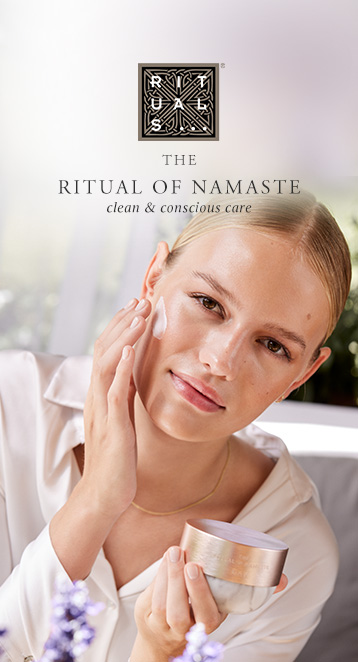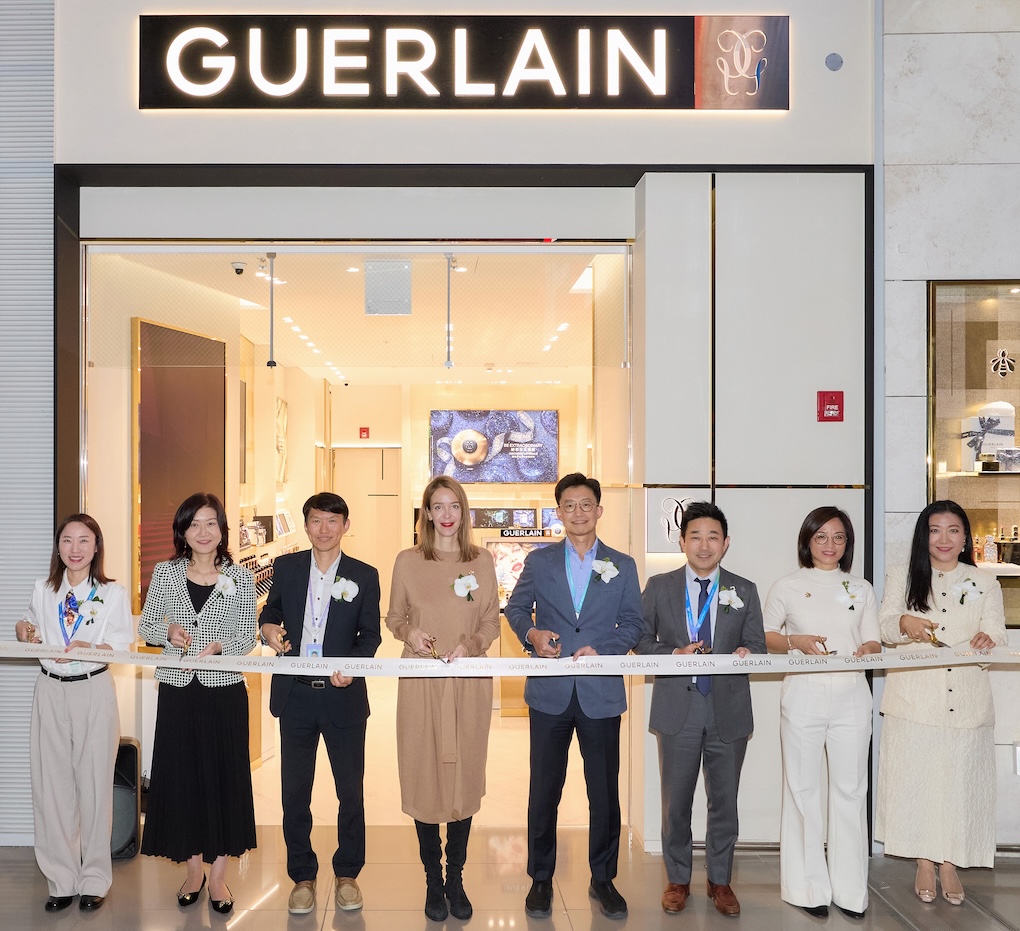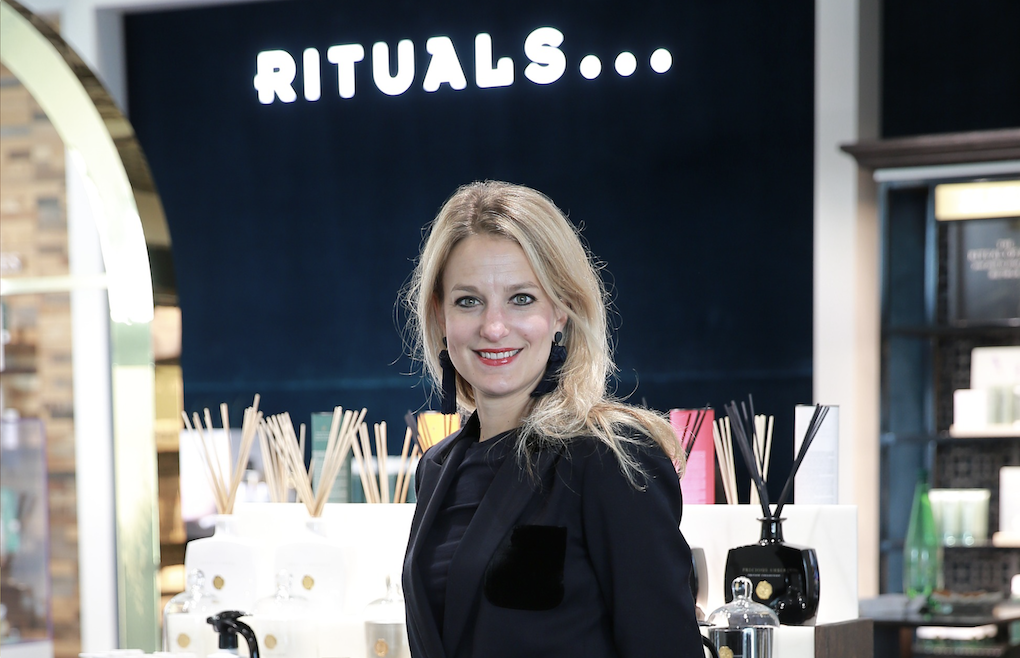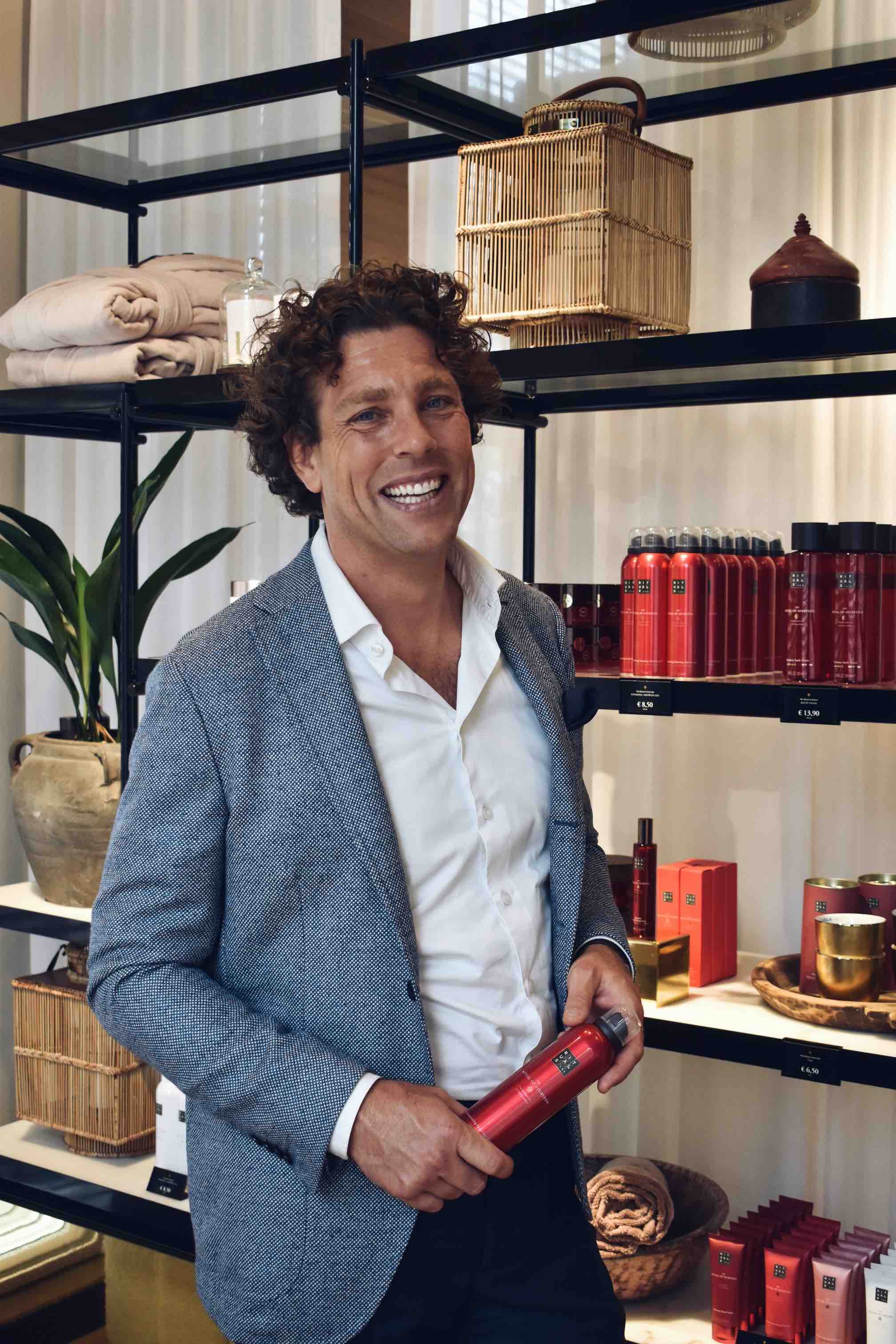
In this guest article, Rituals Global Travel Retail Director Melvin Broekaart discusses how travel retail should rethink what he calls its China-focused offer in the short-term, and explains why affordable luxury is the future of the channel.
A China-centric offer, but no Chinese shoppers
Travel retail has always played a delicate balancing act between being relevant to the majority while still capitalising on the luxury shopping habits of the few. Brands catering specifically or predominantly to Asian – particularly Chinese – visitors, grew their footprints in travel retail rapidly, resulting in numerous mono-brand stores and sizeable in-store placements, and driving significant turnover for retailers and airports.
However, the stark fact is that presently the Chinese are not travelling (or shopping) internationally and may not return to our stores until 2024 in any significant numbers.
While Hainan thrives on the back of domestic spend, the rest of the world’s luxury shops remain starved of their core customers. Some very high-level numbers are illuminating: global luxury sales experienced their biggest fall on record in 2020 according to Bain & Co. and yet China’s domestic luxury sales ballooned by upwards of +40%. A global industry previously propped up by Chinese travellers has seen the rug pulled out from beneath its feet.

Ultimately, we know China will open up again and its people will eventually return to our stores, but in the short to mid-term we cannot rely on their spend at all. Even when they do return to our stores, we cannot be confident they will spend with the same enthusiasm, given all the work being done by the Chinese government to stimulate domestic duty free and develop Hainan as the duty free location of choice.

A chance to demonstrate our consumer-centricity
A short-term rethink of who duty free caters to could prove hugely beneficial for the entire industry. Pivoting to focus more on affordable luxury over the next 12-24 months would make clear sense. Airports and retailers can fast-forward recovery by providing a more universally appealing and accessible offer that caters to a much-changed shopper profile.
There is no reason for airports and retailers to hold on to under-performing brands over the coming few years. This unique situation we find ourselves in provides an opportunity for both parties, currently locked into what will undoubtedly be loss-making agreements, to part ways without losing face.
Armed with the knowledge we have, we must act decisively to create a profitable and pleasant retail environment. Brands that are losing money do not invest in their stores or the consumer experience, and that is not how we will drive recovery.
Instead, long-term concession agreements for brands that will undoubtedly under-perform without their key consumers, should be terminated, with airports safe in the knowledge that a host of more suitable brands and partners will readily step up to fill the void.
At a time when airports and retailers need to make significant CAPEX investments to attract spend, immediate revenue generation is key. Perhaps this involves a certain amount of short-term upheaval and challenging conversations with some big names in the industry, but it offers us the perfect opportunity to truly demonstrate the consumer-centric nature of travel retail.
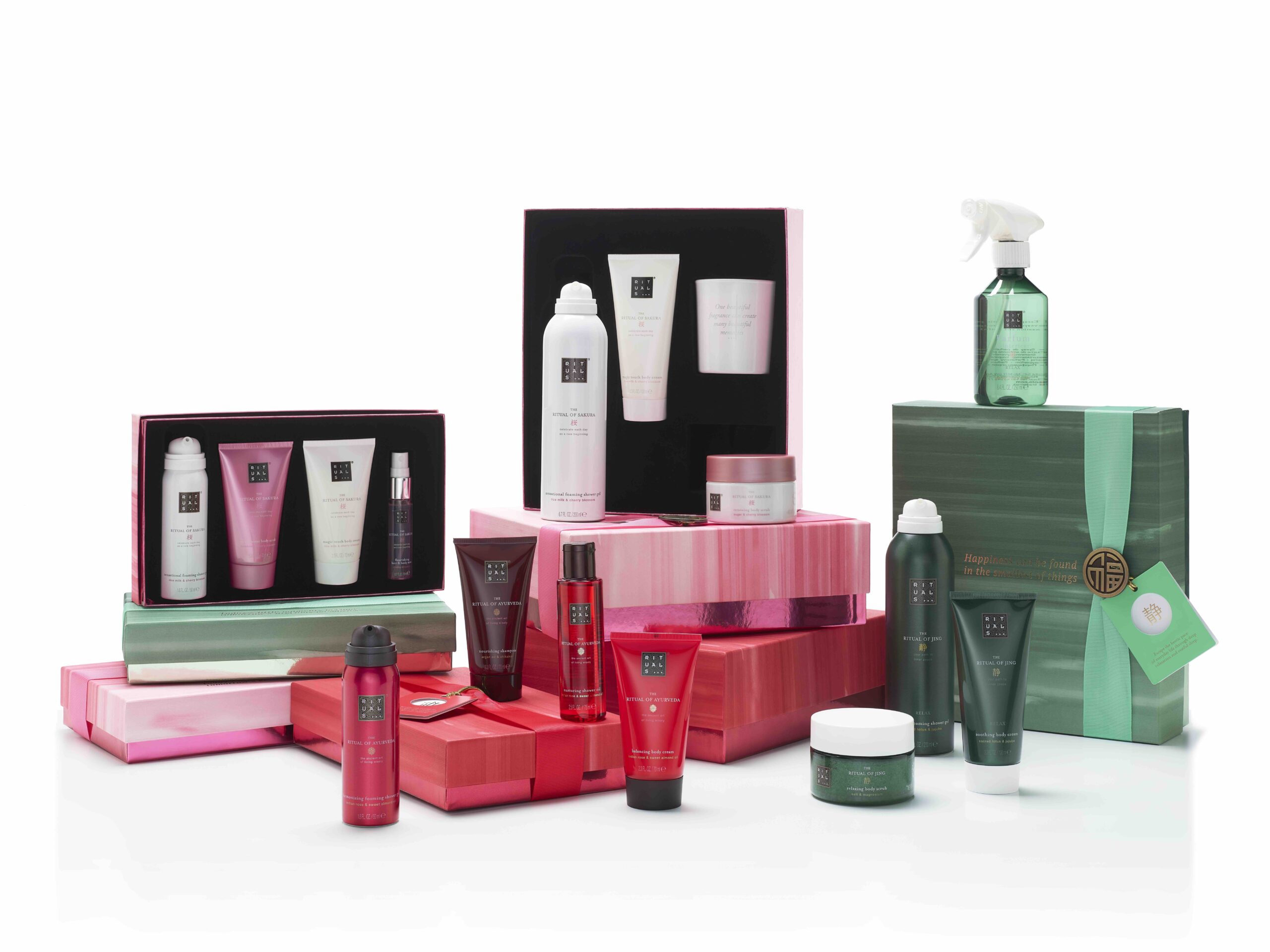
Step forward ‘Affordable Luxury’
Luxury will still have a role to play in travel retail, but in the current climate I liken it to Business & First Class on airlines. Flying recently, I have been struck by how planes have been reconfigured to provide far more affordable seating, while still catering to those who have the means and willingness to travel in luxury. In travel retail, we need to take the same functional approach: promote brands which are more in line with what its core customers will be looking to buy now, and in the coming years, while still catering to the premium nature of the channel.
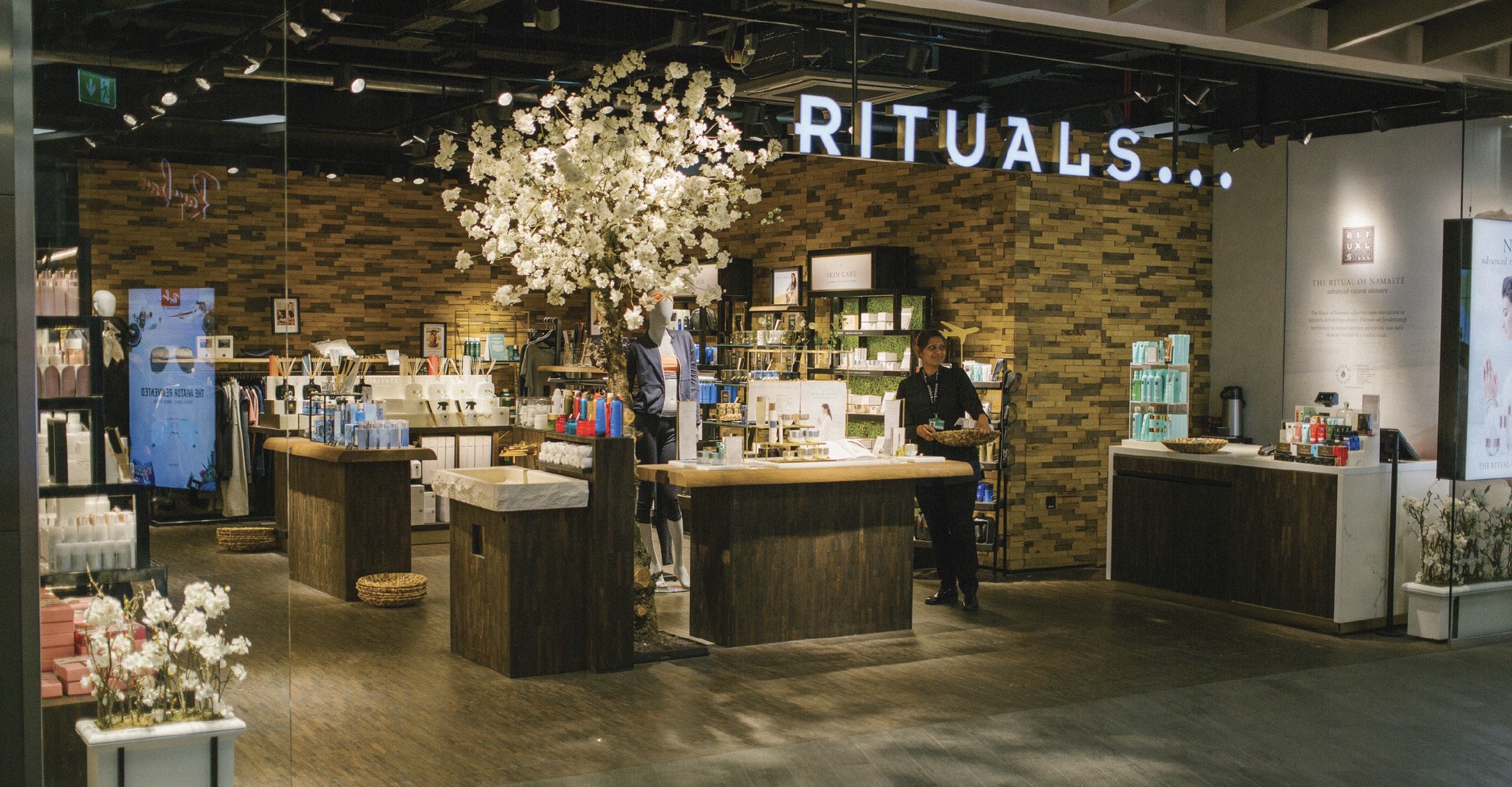
Affordable luxury brands fit perfectly into the sweet spot for travel retail’s current consumer base. Most people in the channel want to indulge themselves or purchase a gift, but not at four-figure price points. With the rise of wellbeing, as well as an increasing shift towards more conscious consumption and sustainable choices, there is a huge opportunity to offer a selection which speaks to these trends and offers value on both a financial and personal level.
Aside from commercial arguments for rethinking and reshaping the brand mix in duty free, we also need to consider the image we promote to travellers. We don’t want our stores to be empty – we want them thriving, and full of shoppers whose needs are being met by an industry that is not just talking about being consumer-centric but living and breathing it. This really is an opportunity for us to drive not only an acceleration in short-term recovery, but usher in a new-era of accessible, on-trend retail in the channel we all love.

Note: The Moodie Davitt Report has launched an e-newsletter, Wellbeing Curated, in association with Rituals. It offers a curated selection of stories focused on the key wellbeing category in travel retail and beyond.
To subscribe free of charge please email Sinead@MoodieDavittReport.com headed ‘Curated Wellbeing’. All stories are permanently archived on this website. If you would like to be added to its mailing list (or to those for any other Moodie Davitt titles), please click here.

